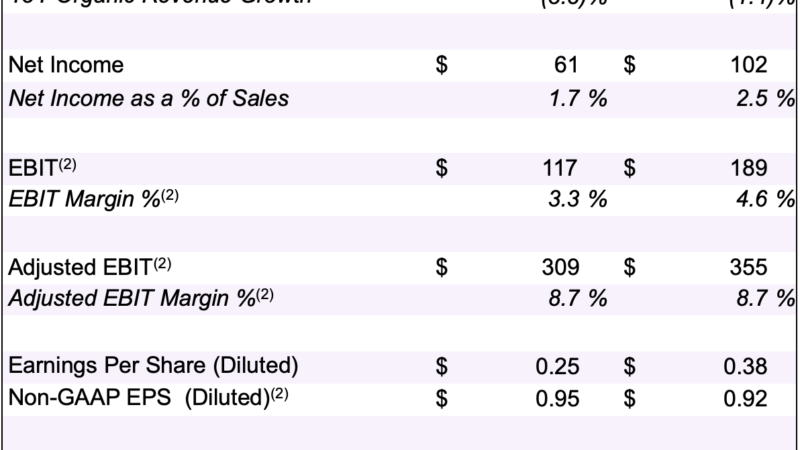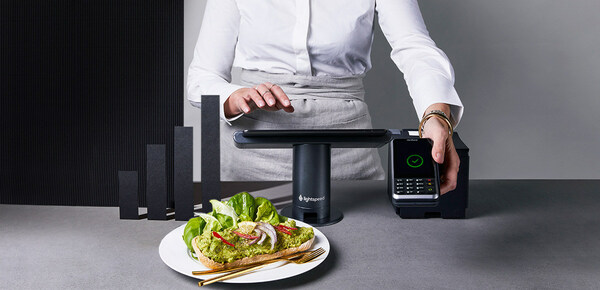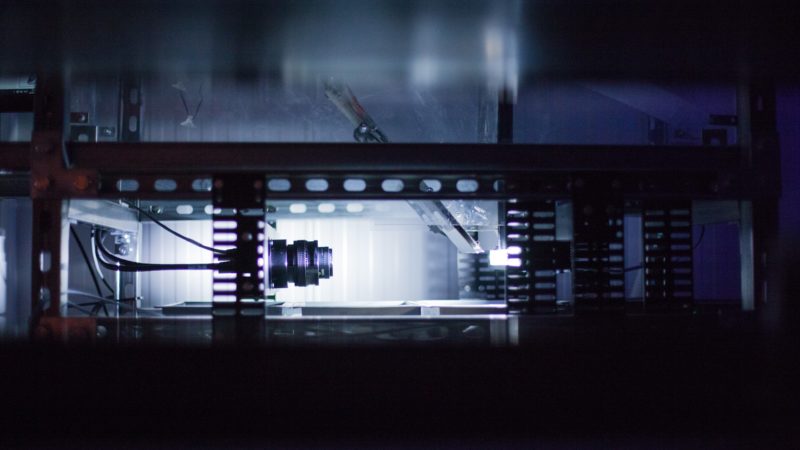How Mobile Technology And Deep Learning Brings The IKEA Showroom To Your Home – Forbes

A 3D modeled room with IKEA furniture
IKEA
The humble roots of the world’s largest furniture retailer are the stuff of business legend. IKEA was founded in Sweden in 1943 by 17-year-old entrepreneur Ingvar Kamprad, and after 15 years in mail-order sales, he opened the first IKEA retail store in Älmhult, Småland. But it wasn’t until the ’70s and ’80s that the number of IKEA stores mushroomed globally as the brand reached Switzerland, Japan, Australia, Canada, Hong Kong, Singapore, the U.S., the U.K., France, Spain, and Italy. Around the time of his death some 60 years after the first IKEA opened its doors, Kamprad was estimated to be worth US$58.7 billion making him the 8th richest person on the planet.
IKEA is as well known for early leadership in sustainability as it is for the Swedish meatballs in their in-store cafeterias. In 1990 the company consulted with Karl-Henrik Robèrt, the founder of the environmental non-profit the Natural Step, to help shape what was to become the IKEA Environmental Action Plan. Last year the company announced a $2.8 billion investment in renewable energy infrastructure and has the aim of making its entire supply chain climate positive by 2030.
The latest innovation from the retail giant is a new take on an old conundrum for many buyers, envisioning how furniture will look-and fit-once it is assembled at home. Alongside early adopters such as pure-play online retailer MADE.com, IKEA has been offering an augmented reality (AR) component to their mobile application, which superimposes a 3D modeled piece of furniture onto a viewfinder of your smartphone’s camera. However, IKEA’s acquisition of Geomagical Labs takes the capability to design your home a lot further.
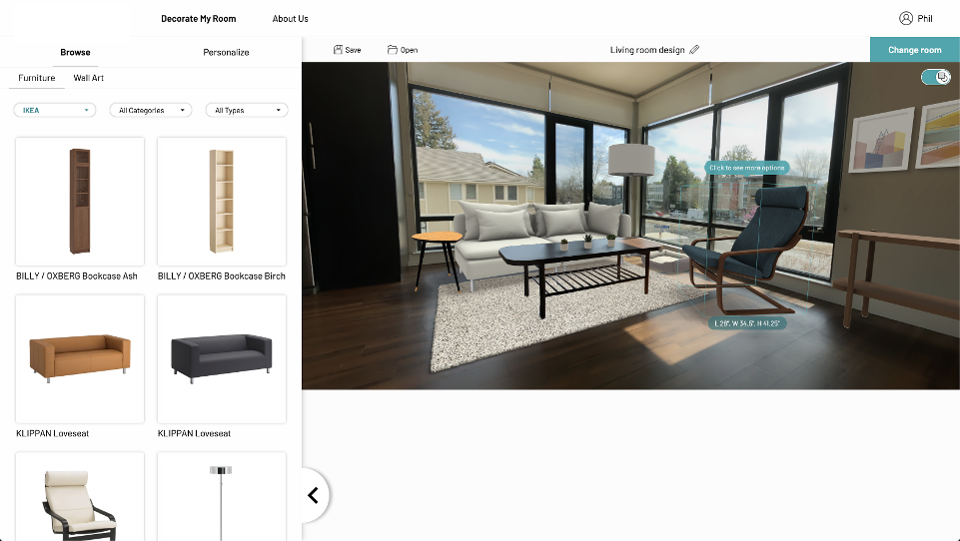
A 3D modeled room with virtual IKEA furniture
IKEA
The Pocket Showroom
IKEA Retail Business chief digital officer Barbara Martin Coppola has been working in leadership roles for over 20 years in companies such as Google, YouTube, Grubhub, Samsung, and Texas Instruments, before moving to IKEA two years ago. Originally from Spain but now based in Copenhagen, Martin Coppola was excited by the potential to take the world’s biggest furniture brand further into the digital space. “Our mission is to create a better everyday life for the many people, and I believe that digital technology can help bring IKEA to many more millions of people in a user-friendly way, and on their own terms.”
Martin Coppola recalls that the company met with AI imaging startup Geomagical Labs last October, to see how their technology might supercharge the room designing process for IKEA customers. “We wanted to bring the possibilities of room design to as many people as possible, and we were impressed by the Geomagical Labs technology.” In fact, IKEA liked the technology so much that they bought the company. News of the acquisition was announced last week and Geomagical Labs founder and CEO Brian Totty was reported to be “very happy” with the terms. In light of the coronavirus pandemic, the move was incredibly prescient. As many IKEA stores are now closed, the Geomagical Labs technology allows customers to perfect their home designs during the lockdown, and then order furniture which is delivered contact-free.
The technology works by analyzing a series of panoramic photos from your mobile phone to create a 3D virtual replica of a room algorithmically using AI. The technology also creates 3D models of the existing furniture, which can then be individually moved or replaced alongside 3D modeled items from the IKEA catalog. Martin Coppola explains, “Once you capture a photograph, it is securely uploaded to our cloud-based platform and processed using deep learning technology. The room can be emptied to help you design it the way you like, you can just delete all of the existing furniture. Every 3D object is independent of the other objects. For example, you can take out your existing sofa and audition a new one from the IKEA catalog. The 3D models enable you to visualize the room in photographic quality, to change configurations and to try different models.”
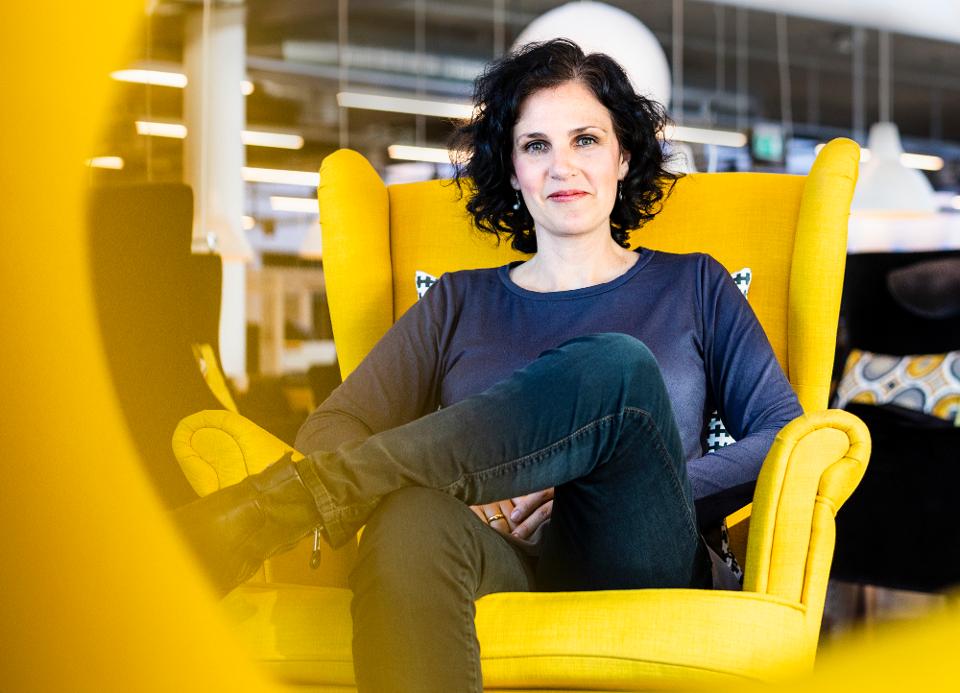
Barbara Martin Coppola, chief digital officer at IKEA Retail Business
IKEA
A Customer-Centric Data Model
Martin Coppola reveals that the concept of assisted home design is not a new one for IKEA. “In the 1960s, the IKEA catalog offered a service where designers would produce visual sketches of your home together with new furniture from the catalog. Now, AR and the Geomagical Labs technology can bring this capability to anyone with a smartphone. This is super intuitive for the customer, enabling them to try different combinations of price, style and dimensions from the comfort of their own home. When people are happy with their design, they can seamlessly order the items using our eCommerce capability, via mobile or web.”
The company has taken a user-centric approach to how its customers’ data is used, in line with the IKEA customer data promise based on respect for people and their privacy. Accordingly, any photographs used with the new room design capability can be stored, reduced to just data components, or deleted entirely.
Martin Coppola sees the acquisition as a continuation of IKEA’s mission to democratize the process of home design. “Room design used to be a specialist offering in our catalogs, but AR can now put it in the hands of many people, and empower them to be the masters of their dream home. This is part of our continual evolution to give people a better service. The heritage of IKEA is that we ask the customers to do their part and we will do ours, and together we will save money. The new room design technology is really empowering people to do that.”


